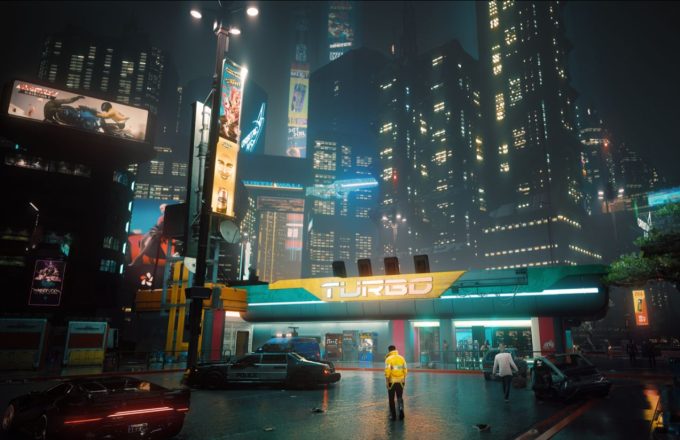In a square within Beijing’s Yizhuang tech district, surrounded by metal barricades and bathed in spring sunlight, a group of humanoid robots is preparing for an unprecedented challenge: running a half marathon. The race will take place this Saturday in what organizers claim is the world’s first event where humans and machines will share the starting line and the course.
Far from being a simple demonstration, the event is a technical trial under real-world conditions. The 21-kilometer urban course includes curves, inclines, and uneven surfaces. Although both human and robot runners will follow the same route, each will be confined to clearly marked lanes.
Around 20 robots will take part, accompanied by their technical teams, operators, and pace runners. “This is more than a race. It’s a global innovation platform. We want robotics to coexist with us,” says Liang Liang, vice president of the organizing committee.
Most of the robots weren’t originally designed to run but to walk. Their teams have spent weeks fine-tuning algorithms, reinforcing structures, and training on asphalt. Some have been fitted with running shoes to soften impacts, while others will follow human runners to maintain pace.
“Our robot could only walk. We had to teach it how to run—and how to do it over long distances,” explains the manager of DroidUp, one of the participating companies.
The event has been compared to Formula 1 racing: robots will compete in time-trial format, with scheduled technical stops to swap batteries or make adjustments. The goal isn’t necessarily to finish first, but to complete the course without critical errors.
Among the standout participants is Tiangong, a 1.8-meter-tall robot that already made headlines last November when it joined a human half marathon in Beijing as a “closing rabbit”—the runner who marks the end of the race. Back then, it only completed the opening and closing segments. This time, it aims to finish the full course.



















